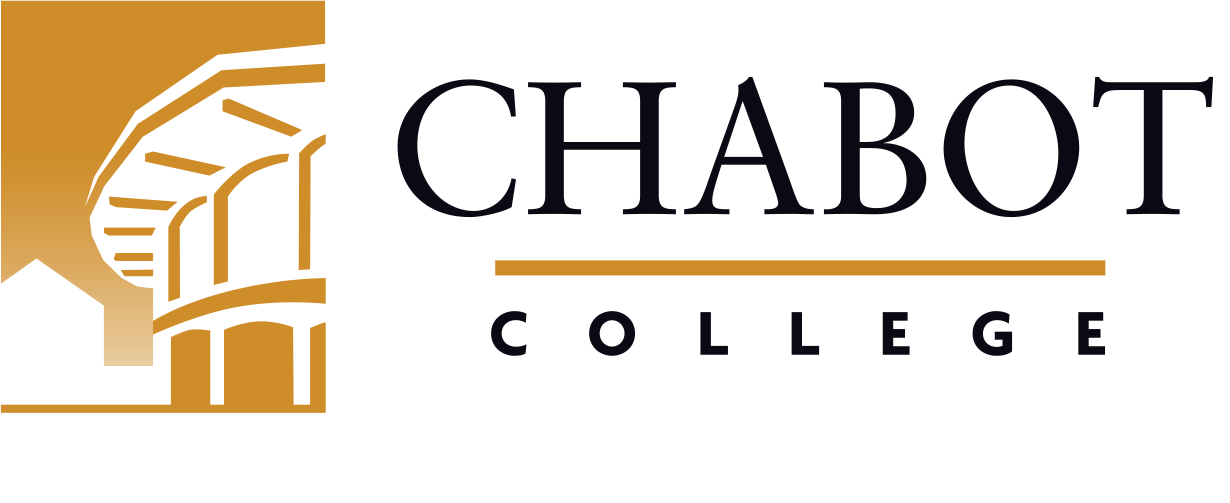
Course Outline for Chemistry 1A
General College Chemistry I
Effective: Fall 2016
SLO Rev: 01/24/2017
SLO Rev: 01/24/2017
Catalog Description:
CHEM 1A - General College Chemistry I
5.00 Units
Introduction to atomic structure, bonding, stoichiometry, thermochemistry, gases, matter and energy, oxidation-reduction, chemical equations, liquids and solids, solutions, chemical energetics and equilibrium. Laboratory includes both quantitative and qualitative experiments.
Prerequisite: MTH 55 or MTH 55B CHEM 31 or skill level demonstrated through the Chemistry Placement Process.
1905.00 - Chemistry, General
Letter Grade Only
| Type | Units | Inside of Class Hours | Outside of Class Hours | Total Student Learning Hours |
|---|---|---|---|---|
| Lecture | 3.00 | 54.00 | 108.00 | 162.00 |
| Laboratory | 2.00 | 108.00 | 0.00 | 108.00 |
| Total | 5.00 | 162.00 | 108.00 | 270.00 |
Measurable Objectives:
Upon completion of this course, the student should be able to:
- solve problems involving the concepts listed under course content;
- write balanced chemical equations including net ionic equations;
- write balanced chemical equations for oxidation-reduction reactions;
- describe atomic theory and structure;
- use standard nomenclature and notation;
- calculate enthalpies of reaction using calorimetry, Hess's law, heats of formation and bond energies;
- describe hybridization, geometry and polarity for simple molecules;
- draw Lewis dot structures including resonance forms and formal charges for molecules and polyatomic ions;
- describe the bonding in compounds and ions;
- describe simple molecular orbitals of homonuclear systems;
- predict deviations from ideal behavior in real gases;
- explain chemical and physical changes in terms of thermodynamics;
- describe the nature of solids, liquids, gases and phase changes;
- describe metallic bonding and semiconductors;
- define all concentration units for solutions and solve solution stoichiometry problems;
- collect and analyze scientific data, using statistical and graphical methods;
- perform volumetric analyses;
- use a barometer;
- use a visible spectrophotometer;
- perform gravimetric analysis.
Course Content:
Course Content (Lecture):
- Matter and energy
- Chemical equations, including net ionic equations
- Balancing Oxidation-reduction reactions
- Nomenclature
- S.I. and metric units
- Stoichiometry
- Atomic structure
- Periodic law
- Chemical bonding
- Lewis structures
- Molecular geometry
- Hybridization
- Molecular Orbital Theory
- Thermochemistry
- Calorimetry
- Heats of Formation
- Hess' Law
- Bond energies
- Gases
- Ideal
- Non-ideal
- Thermodynamics
- Liquids, solids and metallic bonding
- Solutions
- Laboratory safety
- Calorimetry experiments
- Titration experiments
- Gravimetric experiments
Course Content (Laboratory):
- Techniques:
- Preparation of standard solutions and use of spectrophotometer
- Determination of heat of reaction, specific heat of metal, and gas constant
- Determination of wavelength using atomic spectrum of hydrogen
- Acid-Base titration
- Oxidation-Reduction titration
- Collection of gas by water displacement method
- Building of 3-D models of molecules
- Using Microsoft Excel software to plot graphs and find equation of straight line
- Safety:
- Safe handling of chemicals and proper techniques for use of scientific instrumentation.
Methods of Instruction:
- Lecture/Discussion
- Laboratory
- Demonstration/Exercise
- Distance Education
Assignments and Methods of Evaluating Student Progress:
- Homework: 10 – 12 homework problems per chapter taken from the text. Example: Complete a worksheet on molecular geometry. Write correctly balanced oxidation/reduction equations for 20 reactions.
- Laboratory assignment: In the experiment Determination of the gas constant R, using the ideal gas law equation, calculate the value of R. Report the average, relative range, and relative error compared to the accepted value. Calculate from your data the value of molar volume in L/mole at STP. Would you expect the same % error as you got for your determination of R? Explain.
- Home Work
- Quizzes
- A minimum of 12 written laboratory reports based on departmentally approved experiments and graded on criteria that may include the following
- Description of experimental procedures
- Completeness of data collected
- Quality of data collected
- Computational precision and accuracy
- Accuracy and precision of experimental laboratory results
- Proper use of symbolic notation
- Quality of analysis of scientific principles explored
- Quality of narrative explanations and reasoning
- Representation of data in tables or diagrams
- Exams/Tests
- Final Examination
- Written assignments that encourage critical thinking and writing skills
Upon the completion of this course, the student should be able to:
- (Critical Thinking) Analyze experimental data and explain chemical processes at the molecular level.
- (Communication) Communicate chemical concepts, understand definitions, and interpret experimental results.
- (Development of the Whole Person) Recognize and appreciate the impact of the scientific principles of chemistry in day-to-day life.
Textbooks (Typical):
- Zumdahl and Zumdahl (2013). Chemistry (9). Cengage.
- Safety goggles approved for chemistry laboratory
- Scientific calculator
- Laboratory coat/apron (optional)
Abbreviated Class Schedule Description:
Introduction to atomic structure, bonding, stoichiometry, thermochemistry, gases, matter and energy, oxidation-reduction, chemical equations, liquids and solids, solutions, chemical energetics and equilibrium. Laboratory includes both quantitative and qualitative experiments.
Prerequisite: MTH 55 or MTH 55B CHEM 31 or skill level demonstrated through the Chemistry Placement Process.
Discipline:
Chemistry*